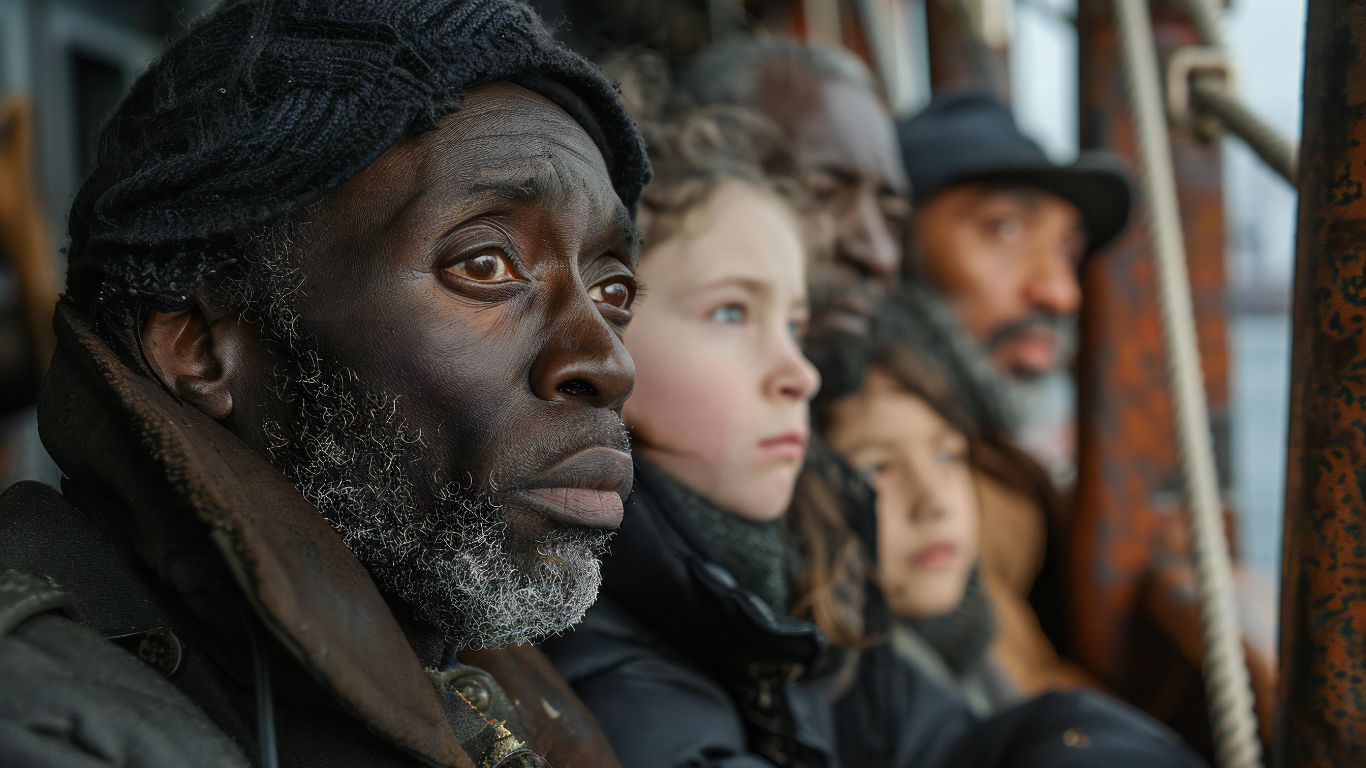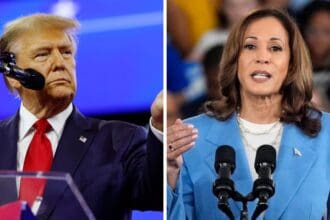The world was recently enraged by the killing of BIPOC in Canada and America. The murder of a black teenager, Trayvon Martin, by a white man in 2012 led to a heightened urgency to advocate for change.
In the US, the deaths of George Floyd and Breonna Taylor in the year 2020 met even more tremendous anger. Twice, we have seen sworn protectors becoming the predators—once impartial Guardians, showing bias. The recent death of countless indigenous Americans angered the public as well.
Indigenous Lives Under Threat

Jason Pero: A Mental Health Crisis Turned Fatal
Peppers and Canford reported Jason Pero, a young Indigenous boy during a mental health crisis who was shot by the police even when he was not a threat to the officers.
Indigenous Deaths in Custody
In 2017, Hansen wrote about Indigenous people who died while in police custody and reported that a number of them were undergoing a mental health crisis, too. Police officers were called when there were reports of a boy carrying a toy pistol, which depicted him as the child’s gunman.
The Toy Gun Tragedy
Officers ended up shooting a 12-year-old boy without even realizing it was a toy. What happened to him was eerily similar to what happened to the Indigenous boy Zachary Bearheels. What happened to Pero and Bearheels highlights the injustice towards Indigenous in Canada.
Statistical Evidence of Disparities and Racism
He was killed in the argument that took place after that (Hansen, 2017).
CNN had a look into some CDC figures that were segregated into races and noted that ‘Between 1999 and 2015, for every 1 million Native Americans.
Also Read: Female gender cliche in mainstream cartoons, a Pak study finds
Racial Disparities in Police Killings
An average of 2.9 of them died each year due to a ‘legal intervention’. That figure is 12 percent worse than the number for Afro-Americans and is three times higher than that of whites…’ (Hansen, 2017)
Historical Context of Racism in Canada
In 2021, CBC Canada’s Jenn Allen delved into the historical context of the relationship between police and Indigenous people.

The Murder of J.J. Harper (1991)
It was a week after the anniversary of the infamous Winnipeg police murder of an ‘Indian’ thirty years ago.
‘Indian’ Canadian leader John Joseph (J.J.) Harper was shot by police while on his way home. A day later, the police officer who shot him was released without facing any consequences.
Aboriginal Justice Inquiry Findings
‘The concluding report of the Aboriginal Justice Inquiry confirmed what the Indigenous community had long suspected: there was racism against them in the events that day…’ (Allen, 2021). The relationship between Indians and police officers has not seen radical shifts.
Steps Toward Reconciliation
The unjust police killings of nearly all unarmed Indians have not improved matters. They remain resentful. ‘[They] Do not trust [Indians], and Indians do not trust [them],’ said the [completely unmentioned] co-head of the Police Accountability Coalition…’ Allan (2021).
Chief Danny Smyth: A Catalyst for Change
A shift is beginning, spearheaded by an unexpected figure: Officer Danny Smyth. Smyth, who made allegations painful for enforcement, confirms he could not help de-escalate during the early ones when he joined in 1988.
Being the Chief of Police in Winnipeg, his goal is to be a part of the solution. As he recommends, this dichotomy of the police officers against the indigenous people should cease to exist.
The Role of Community Relationships
Over the next few years, however, similar moments revealed to him that there were many issues to be dealt with. ‘The shooting… and the aftermath… was [one] of the lowest points that the police had with… the Indigenous community,’ permits Allen (2021) to chirp.
Moving Forward: A Call for Change
Due to Smyth’s stewardship, the Native Indian population has confidence.” Many Indigenous people in the community know me and have my phone number. I cannot emphasize utterly enough how these relationships are essential.

Policing and Mental Health
They are essential, and I have seen this in this reconciliation, where the relationship is built as the story progresses’ Allen, 2021.
Confronting Bias in Law Enforcement
It is hoped that such change will reduce the amount of violence towards Indigenous peoples in Canada. Globally, the BPOC populace seeks change, and the statement envisioned about the gross abuse of force used by the police in the USA will also go a long way.
Learning from History
Policing could do better in attending to the mental health needs that induce police violence in the first place. Another key opportunity for development is dealing with preconceived ideas that tend to cloud our judgments about those around us.
Some officials respond to emergencies depending on the racial characteristics of the suspect or victim. Expecting any progress without confronting history’s mistakes is naive.






